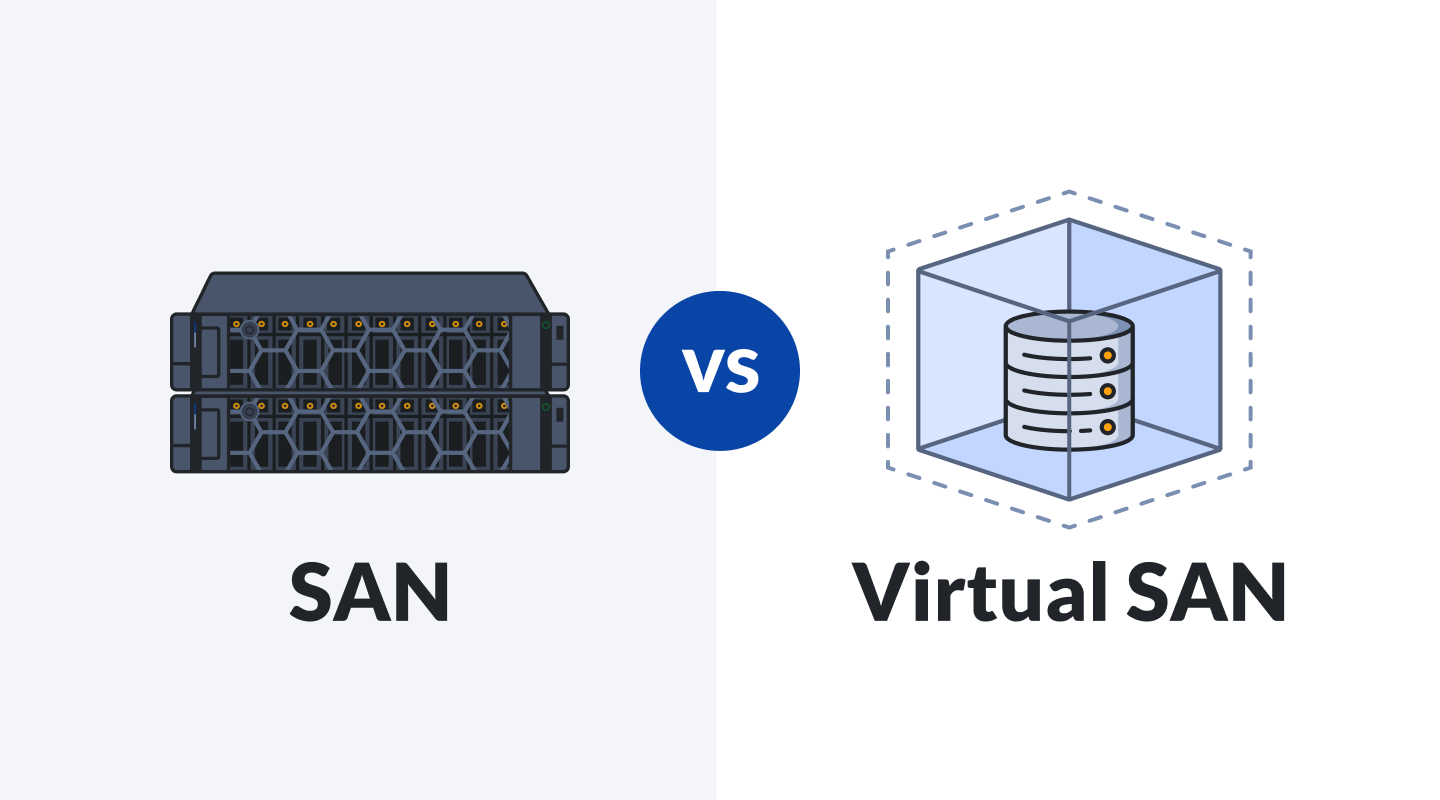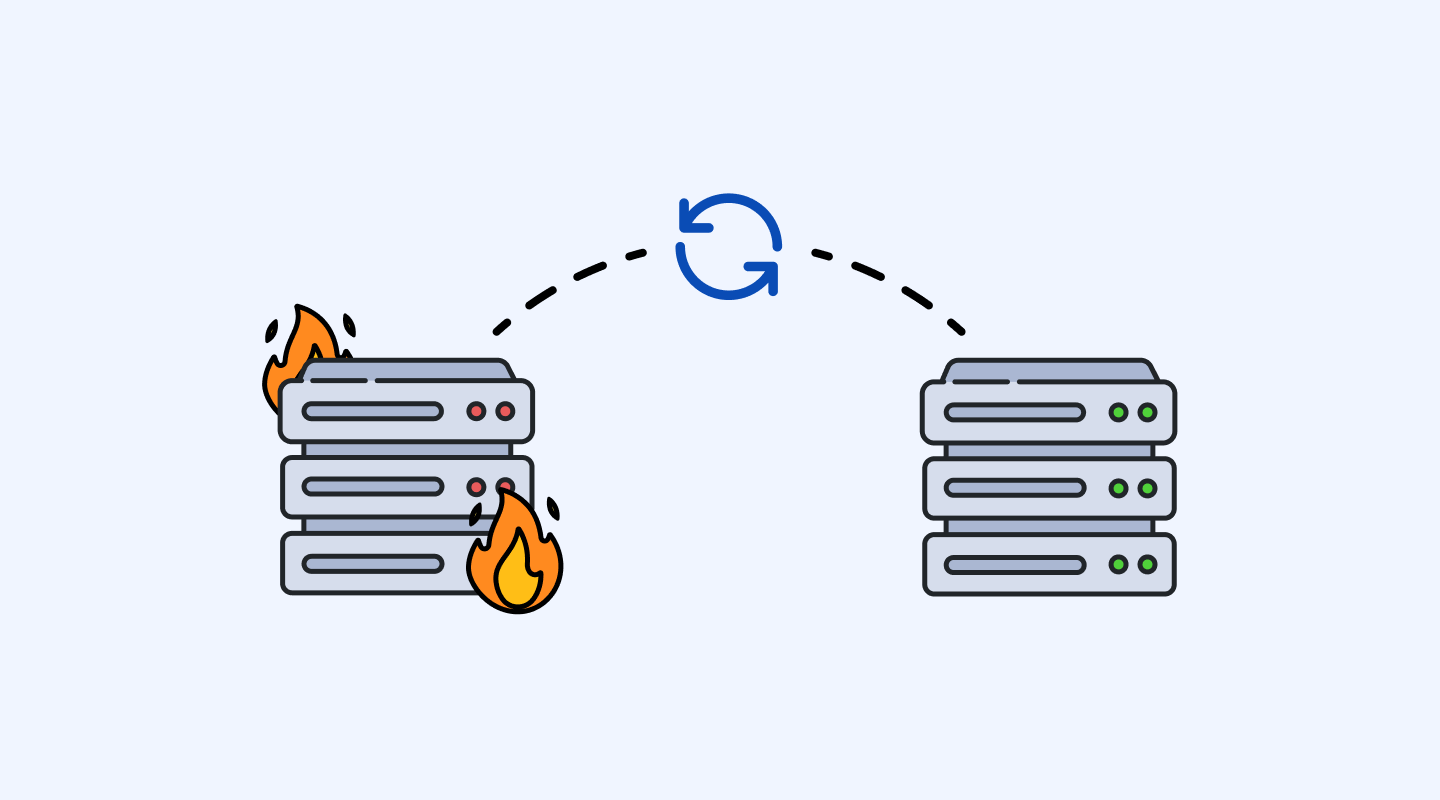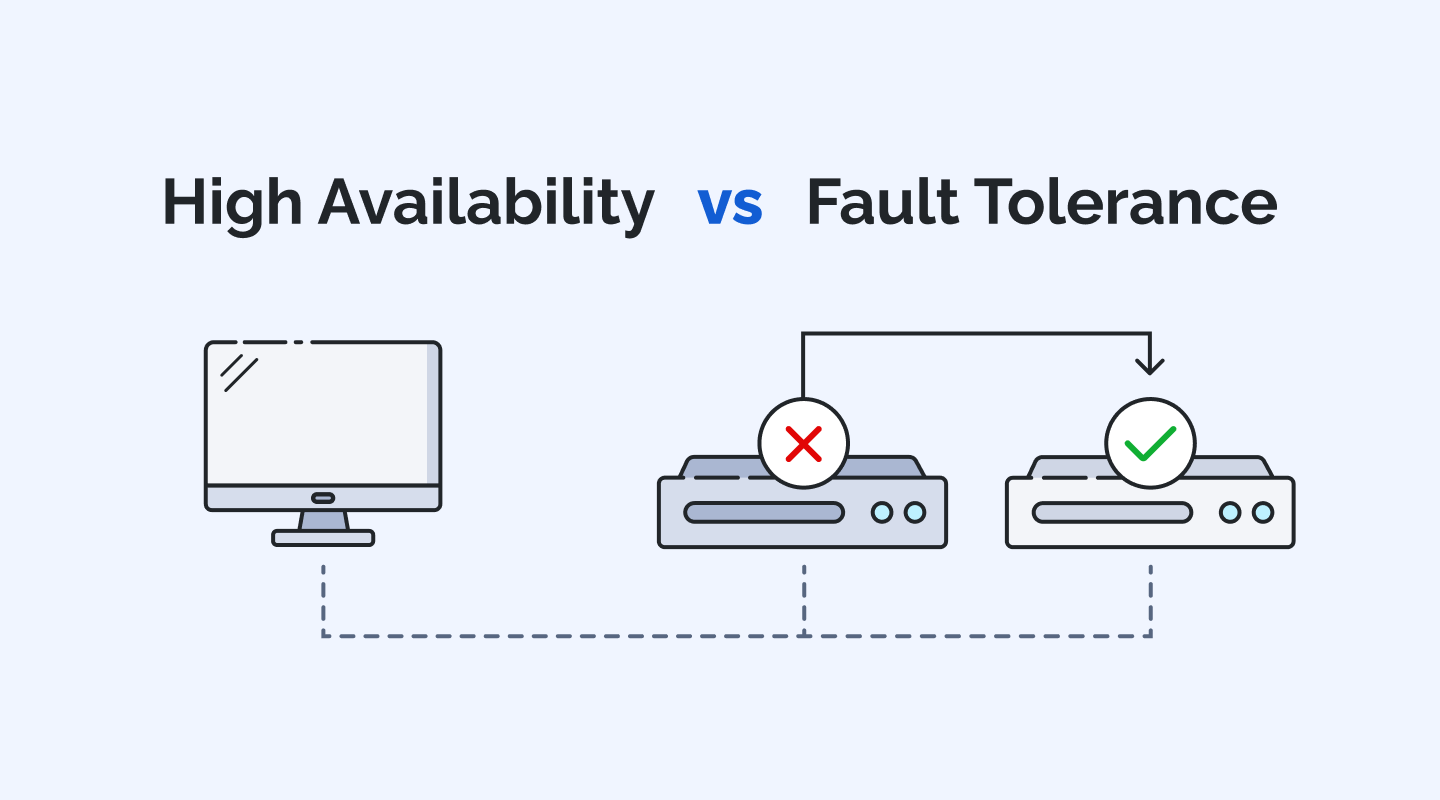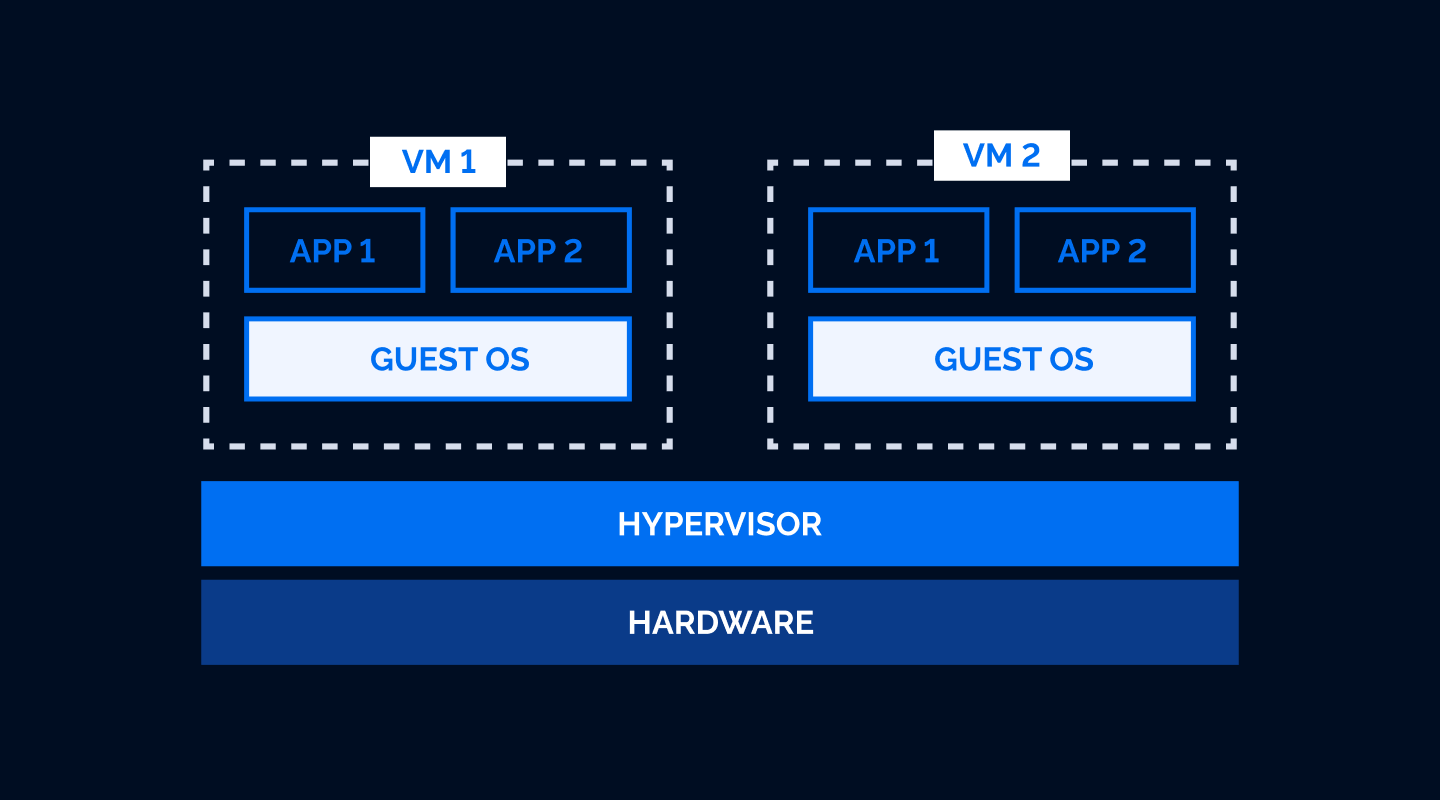From small businesses (SMBs) to large enterprises, find out which platform delivers the best features and value.

From small businesses (SMBs) to large enterprises, find out which platform delivers the best features and value.

Gain insights into storage efficiency and reliability with a comparison of Virtual SAN (VSAN) and SAN. VSAN’s simplicity or SAN’s mission-critical prowess – what’s your pick?

In today’s digital landscape, Disaster Recovery (DR) isn’t just a safety net – it’s a lifeline. It ensures data protection, business continuity, and a competitive edge.

Running a company heavily reliant on IT services and wondering how to improve business continuity? Our new article explains the key differences between High Availability (HA) and Fault Tolerance (FT) and will help you choose the right IT resilience strategy.

The hybrid cloud infrastructure is must-have in a world of modern business as it provides flexibility, scalability, security, and cost saving in many areas. However, even though all of these inherent advantages may make it look perfect, it really isn’t.

Discover the key differences and advantages of each hypervisor type. From performance to security and ease of use, we’ll guide you through the virtualization maze.

The issue of providing block-level storage for Windows Subsystem for Linux (WSL) is quite mysterious. Presently, iSCSI isn’t available in WSL out-of-the-box. But the good news is that you can enable it, although it’s not a straightforward path. WSL2, having a real custom Linux kernel inside, can help you initiate and complete the process.

The golden rule for the safety of your data is as follows: always back up and distribute copies to different locations. However, the choice of backup environments can be accompanied by high-cost issues, security concerns, the risk of service interruption/termination, and so on. Storing your data in the cloud seems to be the most optimal solution. But even here you may encounter certain troubles such as the need to pay for all services, subscriptions, service plans, and configuration of a public cloud storage provider. Do you want to know about a backup storage solution that eliminates the drawbacks of costly backup processes and meets regulatory data archival and retention requirements?
